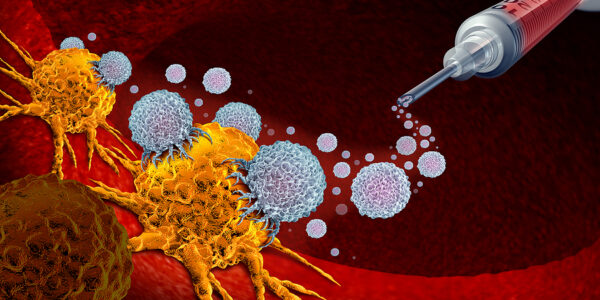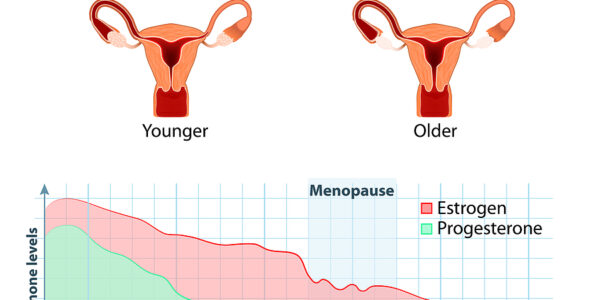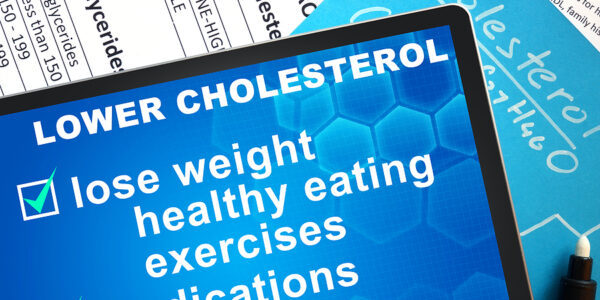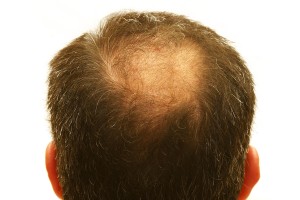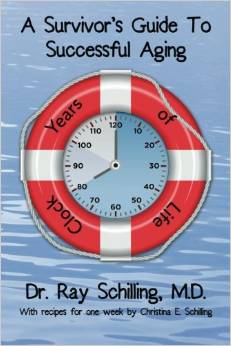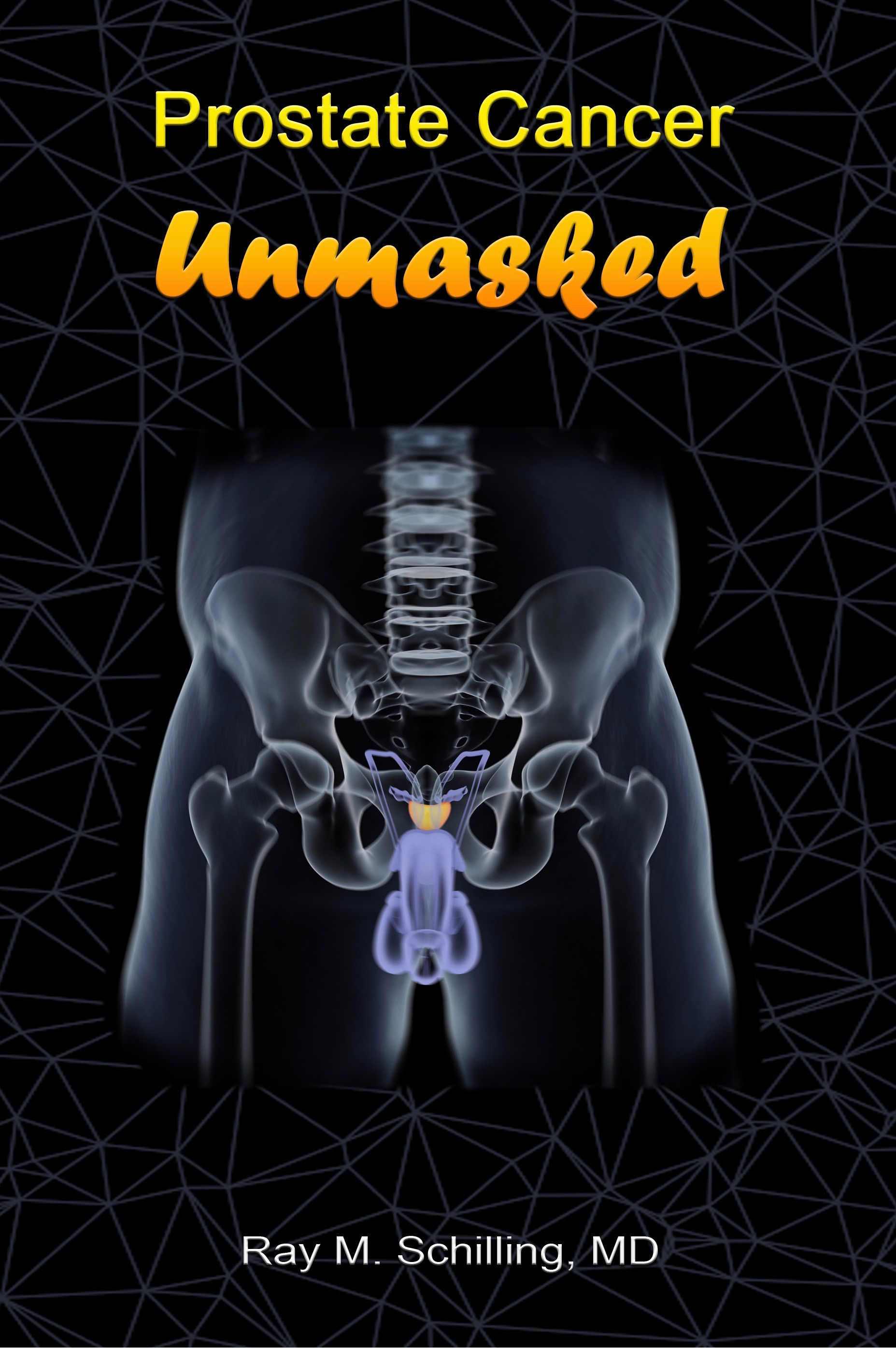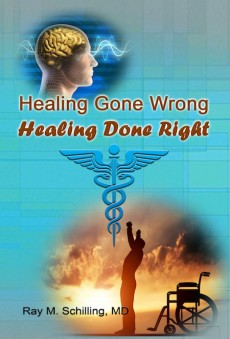“Eat your avocado” is an appropriate invitation to eat this super food with many positive effects on people’s health. That is to say, first, it helps arthritis, in addition it is good for your vision, besides it protects against cardiovascular disease, moreover it fights metabolic syndrome, further it helps in weight maintenance and finally, it even protects against some cancers. Avocado contains healthy oils and many vitamins and minerals.
Avocado composition
80% of an avocado is fiber making it a valuable food to prevent colon cancer. Among the minerals it is noteworthy that avocados are rich in boron and potassium. In terms of vitamins it is rich in vitamin E (alpha-tocopherol), vitamin B6, folate, vitamin K and pantothenic acid. It does not contain cholesterol, but contains monounsaturated fat (oleic acid). In fact, oleic acid is the compound in olive oil responsible for lowering your blood pressure. The oils in avocado contain first 71% monounsaturated fatty acids, secondly 13% polyunsaturated fatty acids and thirdly 16% saturated fatty acids. This mix promotes healthy blood lipids, but also helps in the absorption of fat-soluble vitamins and phytochemicals. In addition to all that avocados contain phytosterols, a number of carotenoids, non-carotenoid antioxidants, alpha-linolenic acid (an omega-3 fatty acid) and glutathione.
Cardiovascular disease protection
The combination of fiber and folate in avocado help to reduce LDL cholesterol. Oxidized LDL leads to hardening of arteries. The folate reduces homocysteine, which is a risk factor for heart disease. Phytosterols that are similar in structure to cholesterol compete with cholesterol absorption in the gut.
In a 2015 study several diets were compared with regard to LDL lowering potential, either a low fat diet, or two forms of medium fat diets, where one contained one avocado per day. The results were surprising in that the low fat diet led to a reduction of LDL by 7.4 mg/dL while the avocado diet caused a reduction of LDL by 13.5 mg/dL.
The oils in avocados also seem to suppress the appetite center in the brain helping people to eat less and controlling obesity and diabetes.
Arthritis prevention
In a 2014 study hip osteoarthritis was examined for over 3 years. Researchers could show that an extract from avocados and soybeans was protective of osteoarthritis. The anti-inflammatory components of avocado like omega-3 fatty acids, carotenoids, phytosterols and non-carotenoid antioxidants all work together in countering joint inflammation. Boron abundantly contained in avocado also was found to be essential for healthy joints.
Eye protection
Avocado has its own mixture of carotenoids, like alpha- and beta-carotene, lutein, zeaxanthin, neochrome, chrysanthemaxanthin and others. The green pulp contains these. They have anti-inflammatory properties. The fatty acid profile of avocados helps to absorb carotenoids, as they are fat-soluble. Researchers conducted a a two phase clinical study to show that avocado added to salsa or to salad was leading to a 5- to 15-fold higher absorption of the carotenoids in salsa and salad when compared to avocado-free salsa and salad.
This is an important observation that we should remember: always eat some avocado with any fruit or vegetable that contains carotenoids, as this will improve the absorption of the carotenoids tremendously.
Why is that so important for eye disease? In a 2008 study a total of 1802 women aged 50 to 79 years from Iowa, Wisconsin, and Oregon were followed who had intakes of lutein and zeaxanthin above the 78th percentile. Researchers compared these women to women below the 28th percentiles in the Women’s Health Initiative Observational Study. This involved eye examinations in both groups. The eye specialists examined their eye lenses for nuclear cataracts. The surprising finding was that women with the highest quintile category of diet or serum levels of lutein and zeaxanthin had 32% less nuclear cataracts than women in the lowest quintile of lutein and zeaxanthin.
The conclusion was that carotenoids of avocados have vision protective effects.
Metabolic syndrome and obesity
This 2013 study included 17,567 US adults and part of the National Health and Nutrition Examination Survey (NHANES) 2001-2008. Researchers compared avocado eaters and non-avocado consumers. Interestingly, avocado eaters had a much better overall food quality in their diet. They ate more vegetables, fruit, fiber and less added sugar. Calorie and sodium intake were identical in the two groups. But body weight, body mass index and waist circumference were significantly lower in avocado eaters than in the non-avocado control group. The cardio protective HDL cholesterol was significantly higher in the avocado group. The odds ratio for developing metabolic syndrome, the change in metabolism due to obesity was 50% lower in avocado consumers than in non-consumers. All of this is good news for the consumer, if we eat some avocado.
Skin, beauty and anti-aging
We don’t like to develop too many wrinkles, as they are a sign of premature aging. The oils of avocados have been used for some time in skin care products as they stimulate collagen production in the skin and reduce wrinkles. But when you eat avocados, the carotenoid substances (such as lutein and zeaxanthin) serve for skin protection, protecting you from UV light damage. In addition, avocados contain vitamin E and glutathione, which help to scavenge free radicals. Otherwise the skin would prematurely age and wrinkle. The end result is that you see a reduction in the development of wrinkles, when you consume avocados. The beneficial effects on your blood vessels in combination with protecting your skin will age your body slower, a point that has been noted in the anti-aging literature.
Cancer blocking properties
In the following I will briefly review the findings of several cancer research groups, but this review is by no means complete.
Leukemia
This 2015 study describes a new chemotherapeutic agent, derived from avocado that they named Avocatin B. Avocatin B is active against the difficult to treat acute myelogenous leukemia (AML). It works by targeting mitochondrial components of AML, but does not affect healthy leukocytes or leukocyte progenitor stem cells.
Colon and esophageal cancer
The authors of this study from Iran describe four phytoextracts of avocado for treatment of patients with esophageal cancer and colon cancer. They noted that the phytoextracts have a much lower toxicity than standard chemotherapeutic agents and significantly slow growth of these cancers. They plan to use these phytoextracts as complementary treatments of esophageal and colon cancers.
Oral cancers
This paper describes that avocado extracts were shown to be successful in treating oral cancers.
Cancer prevention
In this paper it is discussed that the phytochemicals in avocados arrest cancer cells in their cell division cycle and lead to apoptosis, which is natural cell death. The authors believe that eating avocado regularly can help prevent a whole array of different cancers by this mechanism.
Conclusion
Avocados are a super food, which has many beneficial effects. Perhaps one of the outstanding effects is prevention of obesity and the metabolic syndrome as discussed. Women may want to eat it because of the beneficial effects on skin and beauty. We all should have an interest in wanting to prevent heart attacks, strokes and cancer.
But who does not want to prevent cataract surgery and keep good vision until a ripe old age? It is possible by eating avocados. And would you not want to prevent osteoarthritis? Eat avocados and add some omega-3 fatty acid from distilled fish oil as well to get the full anti-inflammatory effect. Your joints will thank you and let you swiftly move wherever you want to go.
I thought you should know about the health benefits of eating avocados. They make a nice addition to your food, not only as guacamole, but in a wide variety of dishes. Use a few slices on your salad. Make a tasty dip. And find inspiring recipes online that you can easily find and copy.
